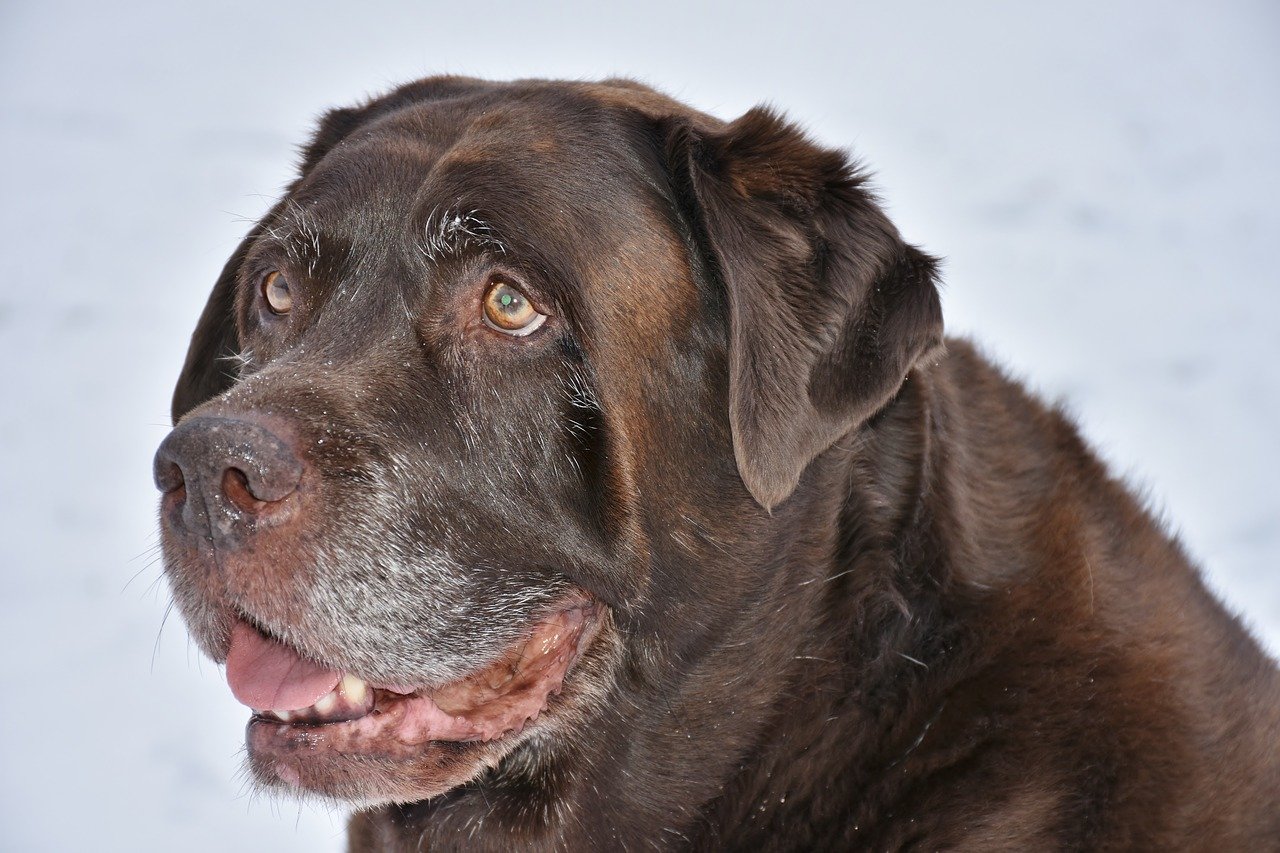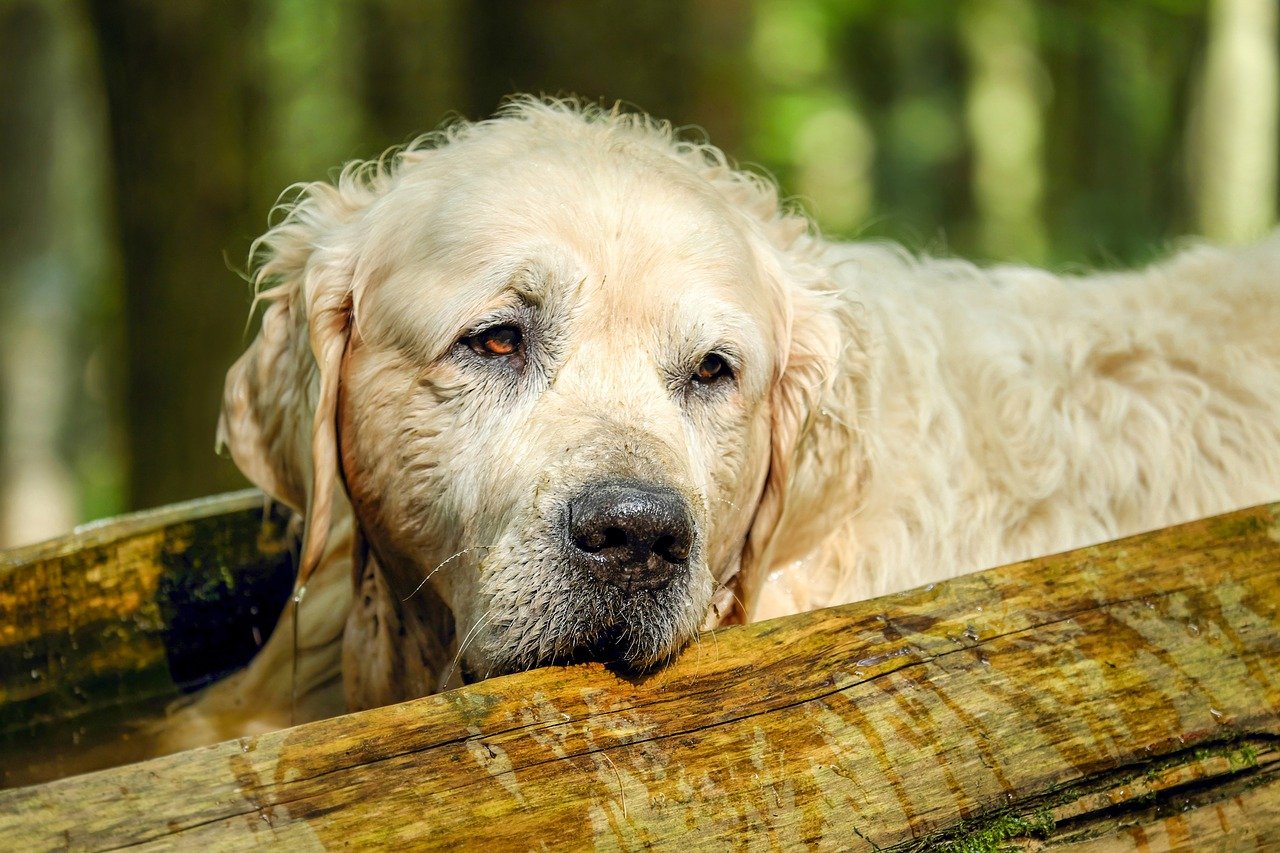With their graying muzzles and laid-back demeanors, old dogs have a dignified air you don’t see in young, hyper puppies. You’ve been through a lot with your dog, and you want to ensure he maintains the best quality of life for as long as possible. Seeing your old dog having seizures is alarming, but we have some good news. While your dog may feel frightened and confused during a seizure, he’s not in any pain. Whether your dog has a history of seizures or this is the first one he’s had, here’s what you need to know about seizures in older dogs.

Is it common for old dogs to have seizures?
Just like humans, older dogs are more likely than young pups to have medical conditions. However, seizures aren’t a normal sign of aging in dogs. In fact, only a small percentage of dogs, regardless of their age, suffer from seizures. If your older fur baby is having seizures, you need to take him to the vet to find out why.
Dogs experience different types of seizures
First of all, let’s find out what a seizure actually is. According to integrative veterinarian Dr. Julie Buzby, “The medical definition of a seizure is an involuntary neurologic event due to temporary abnormal electrical activity in the brain.” As is the case with humans, there are several different types of seizures in dogs, including:
- Focal, also called partial seizures: Focal seizures cause localized symptoms that may be limited to a single limb, twitching of the facial muscles, or chattering teeth. Focal seizures occur in a single area of the brain and cause unusual movements.
- Psychomotor seizures: If your dog suffers from psychomotor seizures, it’s possible you may not know he’s having a seizure at first. Psychomotor seizures lack the unusual movements that characterize most seizures. They tend to leave your dog staring off into the distance and make him appear to be dazed.
- Grand mal, also known as generalized seizures: The most severe type of seizure, a grand mal impacts numerous areas of the brain. Your dog may spasm violently, and it’s possible for him to fully lose consciousness during a grand mal seizure.
The phases of a seizure
Seizures are accompanied by three distinct phases known as:
1. Pre-Ictal stage: This is the buildup to a seizure, and it may begin hours or just moments before the seizure begins. Each dog reacts to the pre-ictal stage differently, but your dog may hide from you, become unusually clingy, or whimper to let you know something is wrong. In some cases, your dog may become temporarily blind.
2. Ictal Stage: The ictal stage is the actual seizure event. What the seizure looks like will depend on the type of seizures your dog has, and each seizure may last between several seconds to a few minutes.
3. Post-Ictal Stage: The post-ictal stage is also known as the recovery stage. Depending on your dog, he may return to his normal behavior quickly, while other dogs remain confused and disoriented for up to 24 hours after a seizure.
What causes seizures in older dogs?
Outside of a preexisting condition, the most common causes of seizures in older dogs are:
Toxins: Certain toxins, such as ethylene glycol (commonly known as antifreeze), methanol (found in paints, varnishes, and adhesives), carbon monoxide, foods like methylxanthines (found in caffeine and dark chocolate), xylitol, and even too much salt can cause seizures in dogs. Medications and cleaning products may also cause dogs to seize if ingested.
Brain tumors: Dogs five years of age and older are more likely to develop brain tumors than younger dogs.
Hypoglycemia: If your dog is diabetic, he may suffer from a seizure if he receives too much insulin. Similarly, undiagnosed diabetes can lead to hypoglycemia, which may also cause seizures.
Kidney or liver disease: Is your dog suffering from digestive issues, loss of appetite, or dark urine? The cause of his seizures may be liver or kidney disease.
Hypothyroidism: A hormone imbalance caused by hypothyroidism can cause seizures and sudden weight changes. Older dogs have an increased risk of hypothyroidism.
Transient ischemic stroke: Also called a mini-stroke, a transient ischemic stroke occurs when a blood clot reduces blood flow to the brain.
How to help your dog with seizures
It’s always a little scary when your dog has a seizure, but as long as you stay calm, you can help him recover quickly. Here’s what you should do:
- Clear the area of hazards. If your dog suffers from seizures, make sure there’s nothing he can bump into while he’s seizing.
- Stay near your dog, but don’t touch his head. Dogs may inadvertently bite during a seizure, so it’s best to keep your hands away from his face.
- Time the seizure. Keep track of how long your dog’s seizure lasts to keep your vet up to date on his condition.
- Keep him cool. Seizures elevate your dog’s body temperature, so draping a chilled towel over him can help him cool off faster.
- Let him relax. Once the seizure is over, allow your dog to rest.

Try and remain calm
Watching your dog have a seizure is a frightening experience, but it’s one you can endure if you remain calm, keep your pup safe during his seizure, and keep your vet in the loop. Only your vet can help you decide how best to manage your dog’s seizures, but now that you know more about them, you’ll be able to help your dog every step of the way and help your vet develop an appropriate treatment plan.
Editors' Recommendations
- Why does my dog have a bald patch on their tail? Here are the answers you need
- Looking for signs your dog has ticks? These telltale symptoms mean you have a flea or tick problem
- Xylitol is dangerous for dogs: 10 surprising products that contain it as a hidden ingredient
- Here’s how to treat a dog with itchy paws, starting with finding the cause of paw discomfort
- What is the best food for older dogs? These 6 vet-approved kibbles and canned foods won’t steer you wrong





